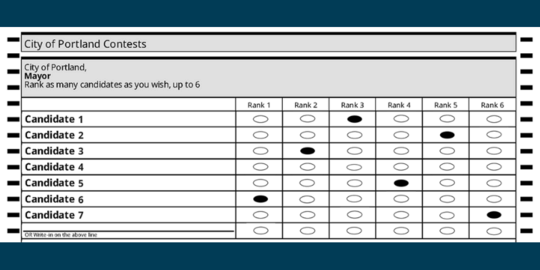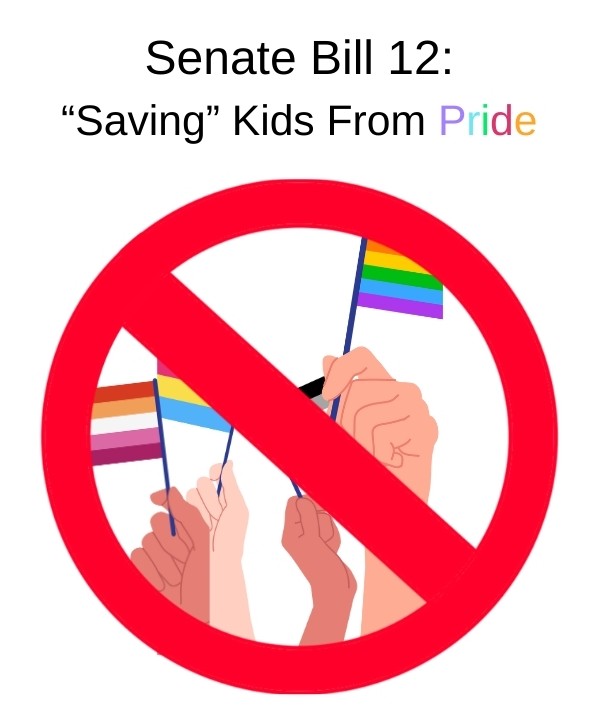In March of 2012, the third generation of iPads was released at a price point more accessible for families around the world. It was the hottest item of the holiday season and on Christmas morning, thousands of children woke up and unwrapped their presents to find a shiny white box.
Fast forward 12 years, and society now faces the epidemic of children plugged in turning into tweens plugged in.
Technology constantly thriving brings the point of no return as the culture shifts. With the constant exposure to technology and a pandemic that kept everyone trapped inside their houses for years, society reached the pinnacle of digital connection, and the future generations were raised in this digital landscape.
With the switch to online markets like Amazon and SHEIN, popular “third places” for tweens of days past are gone. Tweens used to have mall outlets like Justice, Claire’s, and PINK as a place for them to consume new trends and pop culture. But with these stores falling off the map, tweens are exposed to the internet trends which move a hundred times faster than retail stores could ever keep up with.
Today’s tweens ask for expensive skincare products like Drunk Elephant that went viral on TikTok. Children as young as 10 are showing up to stores like Sephora because of this. The vastness of the internet makes children have to grow up and have exposure to adult content before they can even develop mentally. Combined with a declining literacy and reading comprehension rate, this makes for an academic storm.
As these kids enter middle school and elementary, teachers are bombarded with misbehavior of likes they’ve never seen before. This directly correlates to how many parents often replace things like pre-school and daycare with things like Youtube Kids, which describes itself as moderated and educational, but in actuality fails to review content via human eyes, and videos often include toys as a long-form type of product placement. These students fail to have any knowledge of social etiquette since they haven’t had to answer to in-person social interaction.
While some factors that contributed to these types of behaviors from Gen Alpha were out of the control of parents (i.e. COVID and economic crisis), the main issues with children come from parents who have failed them. Modern parents often balance work and home-life, but with economic recessions and the cost of living skyrocketing, parents’ home-life becomes home-work. With COVID showing companies it’s easier than ever for employees to work from home, the home environment becomes littered with labor and kids turn to the glow of a screen for support.
Parents these days do not understand the responsibilities that come with having a kid. If parents step up by reducing screen time for their kids, interacting directly with them, and enrolling them into daycare and preschool before entering grade school we could witness a direct fix in the causes of these issues.








Tammy Burks • Apr 22, 2024 at 11:10 am
What a wonderful article!